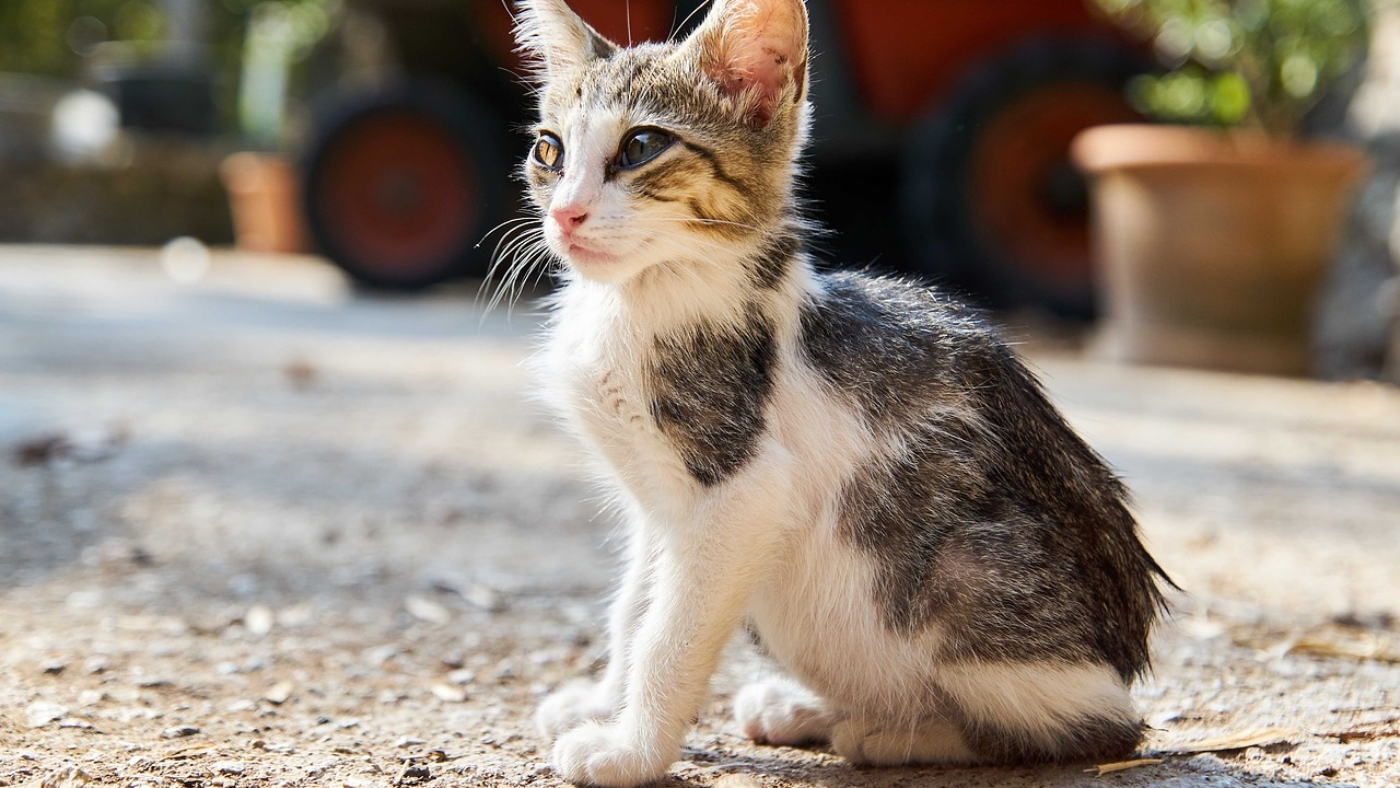Cats are beloved companions, offering comfort, companionship, and endless entertainment. As a pet owner, it’s essential to provide them with the proper care to ensure they live a long, happy, and healthy life. From nutrition to grooming, here’s a comprehensive guide to cat care that will help you meet your feline friend’s needs.
1. Proper Nutrition: Fuel for Your Cat’s Health
A well-balanced diet is key to your cat’s overall health. Cats are obligate carnivores, meaning their bodies rely on meat to provide essential nutrients. When choosing cat food, make sure it’s high in animal protein and tailored to their age, size, and health condition. For example:
- Kittens: Need a diet rich in proteins and fats to support their growth and development.
- Adult Cats: Require a balanced diet with moderate amounts of fat and protein to maintain healthy body weight and energy levels.
- Senior Cats: May need food designed to meet their aging needs, including joint support and easier digestion.
You can choose between dry kibble, wet food, or a combination of both. Each type has its pros and cons:
- Dry food helps with dental health but should always be paired with plenty of water.
- Wet food is high in moisture, which is great for hydration, especially for cats who don’t drink enough water on their own.
Always consult with a vet to determine the best feeding schedule and portion size for your cat, especially if they have specific dietary restrictions or health concerns.
2. Hydration: A Vital Aspect of Cat Care
Water is crucial to your cat’s well-being, as dehydration can lead to urinary tract infections, kidney disease, and other health issues. Many cats prefer running water, so consider investing in a cat water fountain to encourage them to drink more. Always make sure their water bowl is clean and fresh.
3. Grooming: Keeping Your Cat Clean and Comfortable
Cats are generally good at grooming themselves, but regular grooming from you can prevent matting, reduce shedding, and help you spot potential health issues like skin infections or parasites. Here’s a basic grooming routine:
- Brushing: Long-haired cats may need daily brushing, while short-haired cats typically only require weekly grooming. Regular brushing also reduces the amount of hair your cat ingests while grooming themselves.
- Nail Trimming: Trim your cat’s claws every 2-3 weeks. Use special cat nail clippers to avoid injury, and only trim the sharp tip, not the quick (the pink part of the nail).
- Ear and Eye Care: Regularly check your cat’s ears for dirt or wax buildup, and clean them with a vet-approved ear cleaner if necessary. Wipe away any discharge from the eyes using a soft cloth.
4. Creating a Safe and Stimulating Environment
Cats are curious creatures and love to explore. It’s important to create an environment that is both safe and stimulating for them:
- Cat Trees and Scratching Posts: Cats need to scratch to stretch their muscles and keep their claws healthy. A good scratching post, cat tree, or scratching pad will help redirect their scratching behavior away from your furniture.
- Toys and Playtime: Engage your cat in daily play sessions with toys like wand toys, laser pointers, or interactive toys that mimic prey. Play not only provides physical exercise but also mental stimulation, preventing boredom.
- Safe Outdoor Spaces: If you have an outdoor space, consider creating a safe outdoor enclosure (also known as a “catio”) where your cat can enjoy fresh air and sunshine without the risks of roaming free.
5. Healthcare: Regular Vet Visits and Preventative Care
Routine veterinary visits are essential for maintaining your cat’s health. Your cat should have a check-up at least once a year, or more frequently if they are senior or have health issues. Here’s what to expect during vet visits:
- Vaccinations: Keep your cat’s vaccinations up to date to protect them from dangerous diseases like rabies, feline distemper, and feline leukemia.
- Parasite Prevention: Talk to your vet about flea, tick, and worm prevention, as these pests can cause serious health problems for cats.
- Spaying/Neutering: If you haven’t already, consider having your cat spayed or neutered to prevent unwanted pregnancies and reduce the risk of certain cancers and behavioral issues.
6. Litter Box Maintenance: Cleanliness is Key
Cats are naturally clean animals, and a dirty litter box can cause them to avoid using it. To keep your cat happy and healthy, follow these tips:
- Scoop Daily: Scoop out any waste from the litter box daily to maintain cleanliness and prevent odors.
- Change Litter Regularly: Completely change the litter and clean the box with mild soap and water at least once a week.
- Provide Multiple Boxes: If you have more than one cat, you should have one litter box per cat plus one extra to ensure everyone has their own space.
7. Signs of Illness: Keeping an Eye on Your Cat’s Health
While cats are good at hiding discomfort or pain, there are certain signs you can look for to catch potential health issues early. Keep an eye out for:
- Changes in eating, drinking, or litter box habits.
- Lethargy or a sudden decrease in activity.
- Vomiting, diarrhea, or coughing.
- Excessive scratching or licking or signs of skin irritation.
If you notice any of these symptoms, it’s essential to take your cat to the vet as soon as possible. Early diagnosis and treatment can often lead to better outcomes.
8. Building a Strong Bond with Your Cat
Cats are independent creatures, but they still form strong bonds with their owners. Spend quality time with your cat, whether it’s through gentle petting, playtime, or simply sitting together. The more time you spend with your cat, the stronger your bond will be.
Conclusion
Proper cat care requires attention to detail, time, and effort, but it is incredibly rewarding. By providing a balanced diet, regular grooming, a stimulating environment, and preventive healthcare, you can ensure your cat remains happy, healthy, and by your side for years to come. Remember, every cat is unique, so tailor your care routine to your cat’s specific needs, and always consult with your vet for guidance.




Leave A Comment